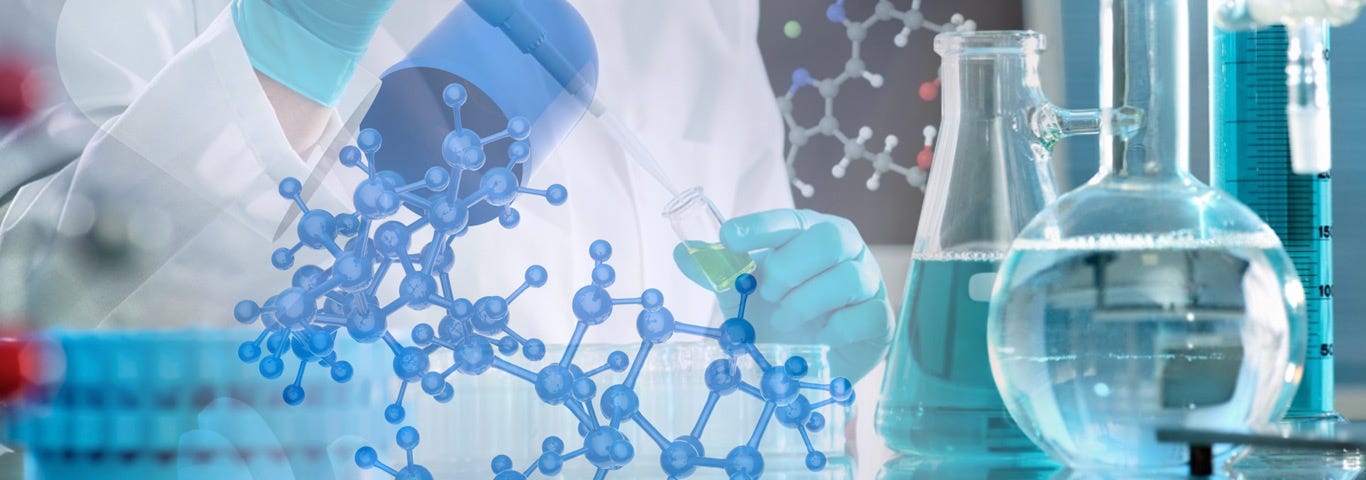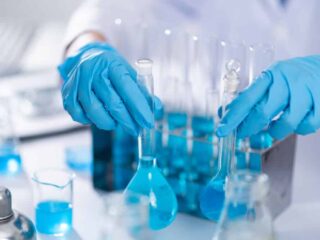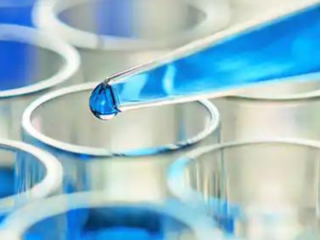What are water treatment chemicals?
At the same time, the demand for safe and fresh water is increasing to meet human needs and support industrial activities. With increasing urbanization and economic development, the current water supply cannot meet the ever-increasing demand. For this reason, the chemical industry uses innovative water purification methods to prepare water for final use such as drinking, cooking, irrigation and industrial uses.
The substances that are removed during the water purification process include suspended solids, viruses, fungi, bacteria, algae and minerals. This process includes two physical and chemical methods. The chemicals used in this process are called water treatment chemicals.

All kinds of water purification chemicals
To comply with government regulations and industry standards for chemical effluents and pollutants, numerous chemical solutions have been developed for wastewater. Depending on the application, one or more chemical purifiers may be required to produce the water used.
Coagulants
Coagulants are aluminum or iron-based chemicals that change the magnetic charge of particles in water, causing them to attract instead of repel each other. Clumped particles have a larger size that can be removed or filtered. Substances often removed from wastewater with coagulants include arsenic, pathogens, organic matter, fluoride, and chemical phosphorus.
Odor controllers
Although odor control is secondary to the detection and removal of highly toxic chemicals, there are a wide range of effective methods for reducing unwanted odors, including biofiltration, solids removal, oxidation, iron salts, carbon adsorption, and liquid phase technology. Available. The most toxic pollutants in industrial waste are often odorless. However, these dangerous pollutants require chemical treatment even before biological water treatment. For example, hexavalent chromium can seep into groundwater undetected and eventually cause birth defects, cancer, and other chronic and terminal diseases.
Flocculants
Flocculants are divided into three categories: natural, chemical and grafted. Along with water agitation processes, flocculants force waste particles to stick together in clumps or clumps through electrical charge, electrostatic bonding, and magnetic neutralization.
defoamer
As the name suggests, skimmers are used to control and reduce the level of trapped air and foam created during wastewater treatment processes. This helps reduce the possibility of hazardous material spills.
Organic polymers
Organic polymers are natural flocculants that use ionized polymers to attract particles into masses for easier filtration. These materials are often used in combination with mineral iron or aluminum-based coagulants.
reducing agent
Reducing agents, also known as oxidizing agents, include sodium bisulfite, sodium hydrosulfite, and ferrous sulfate. They are usually used to remove harmful substances such as ozone, hydrogen peroxide, chlorine and biological pollutants from wastewater. Along with aeration, these chemicals bind to suspended solids to convert them into constituents that can settle, coagulate, and filter out the water.
Anti-sludge
Treatment of chemical deposits and residual biomasses can be difficult and require special conditions such as heat or chemical processes. These actions are performed in order to thicken the materials, reduce the smell and reduce the volume of sludge.
Cleaners and degreasers
Cleaners and degreasers, such as coagulants and alkaline degreasers, are formulated to dissolve grease and oil. They use chemical solvents to break down the fat so that it breaks down more easily.
Membrane cleaners and stain removers
Membrane cleaners and anti-scalants are injected into the wastewater before treatment to prevent the accumulation of soluble mineral salts on the osmosis membrane, and as a result, the liquid flows well. Common membrane cleaners and anti-scalants used in water treatment applications include:
Chlorine dioxide
Hydrochloric acid
soda ash
Fungicides
Chlorine
Sodium Bicarbonate
Biocides
Biocides reduce microorganisms in wastewater and increase the operational efficiency of the wastewater treatment process. Biocides include cleaners, removers, dispersants and disinfectants.
Precipitators of heavy metals
Heavy metals in wastewater are often ionically bound with chelating agents or other binding chemicals that prevent their dissolution. Heavy metal deposits dissolve these bonds and cause hazardous heavy metals to precipitate from wastewater.
pH controllers
pH control chemicals include chemicals and acids that are added to wastewater, thereby allowing hydroxide ions to bond with heavy metals and precipitate out of solution. In addition, more acidity destroys bacteria and organic compounds at the cellular level by breaking them down.



